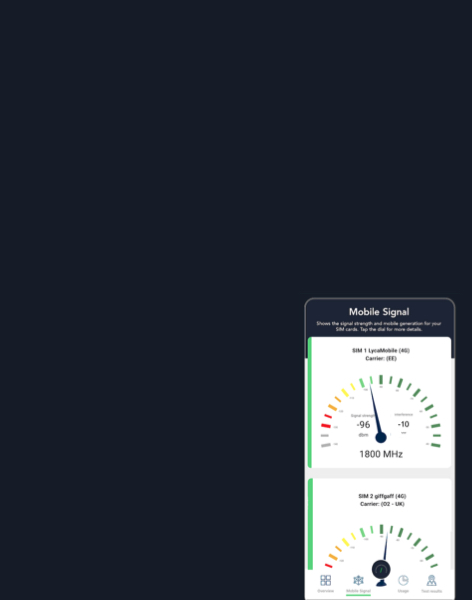Weekly wrap: Has R&D given up on improving public mobile networks?
This week I attended the ECC's workshop on "Navigating the future of Spectrum management - from Research to Regulation" in Copenhagen, Denmark.
“The next generation of mobile networks should be designed for the user,” said Luis Correia, from the Instituto Superior Técnico Lisbon, in his opening keynote speech.
Most standards developed for 5G are not on the market today… That’s the true disaster of 5G
Dealing with the increase in data traffic through the use of higher radio frequencies and wider bandwidth is not future-proof, he added. “The attitude of faster, better, stronger won’t do anymore.” R&D should focus instead on finding ways to bend and break the laws of physics.
There were discussions about THz bands, improving narrow beam forming, improving interference detection and cancellation through advanced databases, and looking at ways to improve sharing.
Reconfigurable Intelligent Surfaces (RIS) and Integrated Sensing and Communication (ISAC) came up a lot.
RIS are configurable panels that reflect transmissions. They can be used to improve beam forming in high bands and indoor connectivity. Emil Björnsson, who is taking the lead on this at the KTH Royal Institute of Technology, said prototypes were being built for the 5.9 GHz band. However, many questions still need to be answered before RIS will be ready for the market, such as who is allowed to operate them and how they will be regulated.
ISAC combines wireless communication and sensing functions within the same infrastructure and spectrum, allowing devices to simultaneously transmit data and sense their environment for applications such as improved network performance, interference detection, and smart services. Nvidia‘s Neural 5G NR trials were mentioned.
The use cases mentioned during these presentations were all highly local and industrial. THz and mmWave, even enhanced by new technology, are simply not interesting for public mobile networks. In fact, 3GPP3GPP stands for the Third Generation Partn… is excluding high bands from its work on the 6G standard.
When the standardisation work on 5G was done, localised highly advanced standards were included. “Most standards developed for 5G are not on the market today,” said Thomas Kürner from the University of Braunschweig. “That’s the true disaster of 5G.”
The workshop highlighted a disconnect between research and business cases. Kürner put this bluntly at the end of a panel session on 6G connectivity. “We need chips, no matter how interesting our technology,” he said. “And chip manufacturers are not interested in producing chips for just 10 million users.”
Over the next few weeks, PolicyTracker will be publishing several articles about what was said at the workshop.
Here’s what else PolicyTracker covered this week:
- Ofcom is pressing ahead with its D2D framework and has launched another consultation
- PMSE users in and near Munich are being restricted from using the full UHF band because of military needs
- Switzerland is due to renew several mobile licences, raising questions about auction formats and competition in an unbalanced market
- Trump’s “Golden Dome” apparently needs the 3 GHz band, but plans remain vague
- Slovakia is switching to DAB and is coordinating spectrum use with neighbouring countries to make this transition
